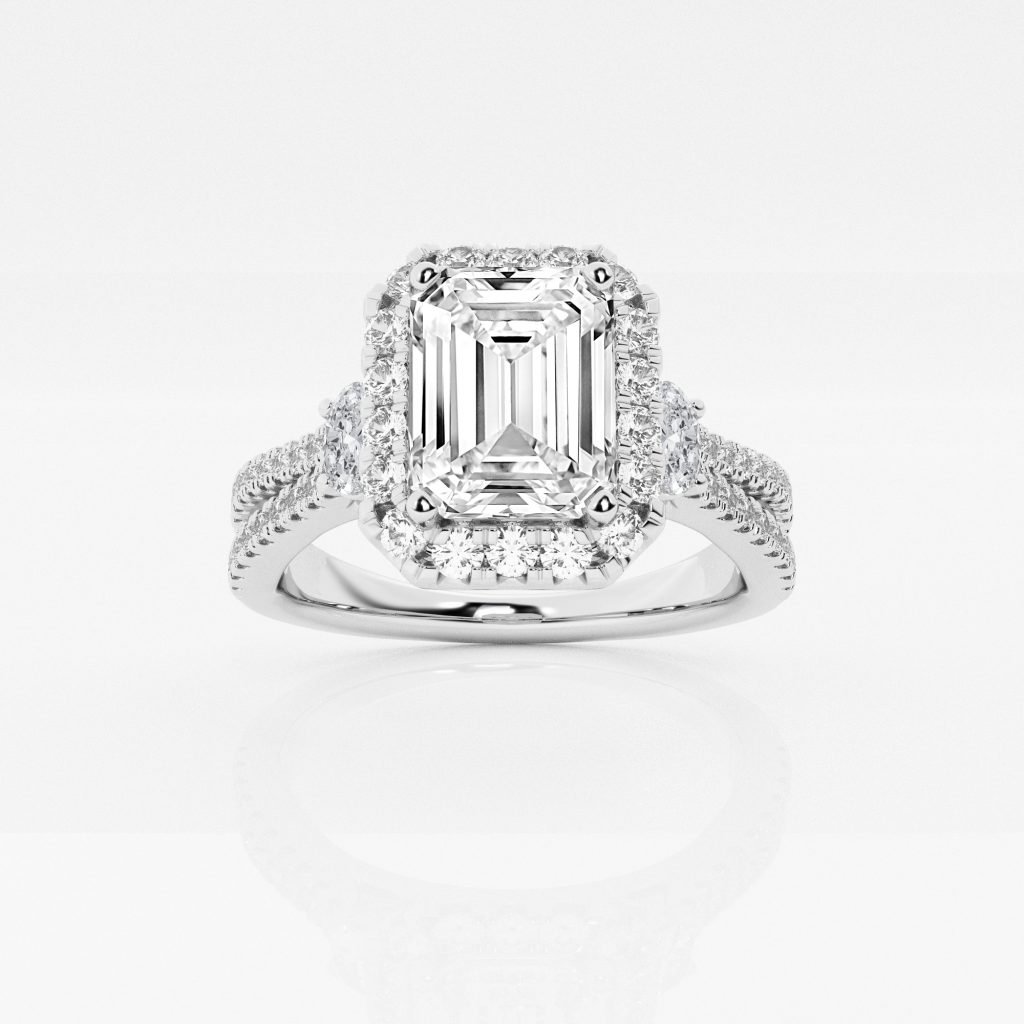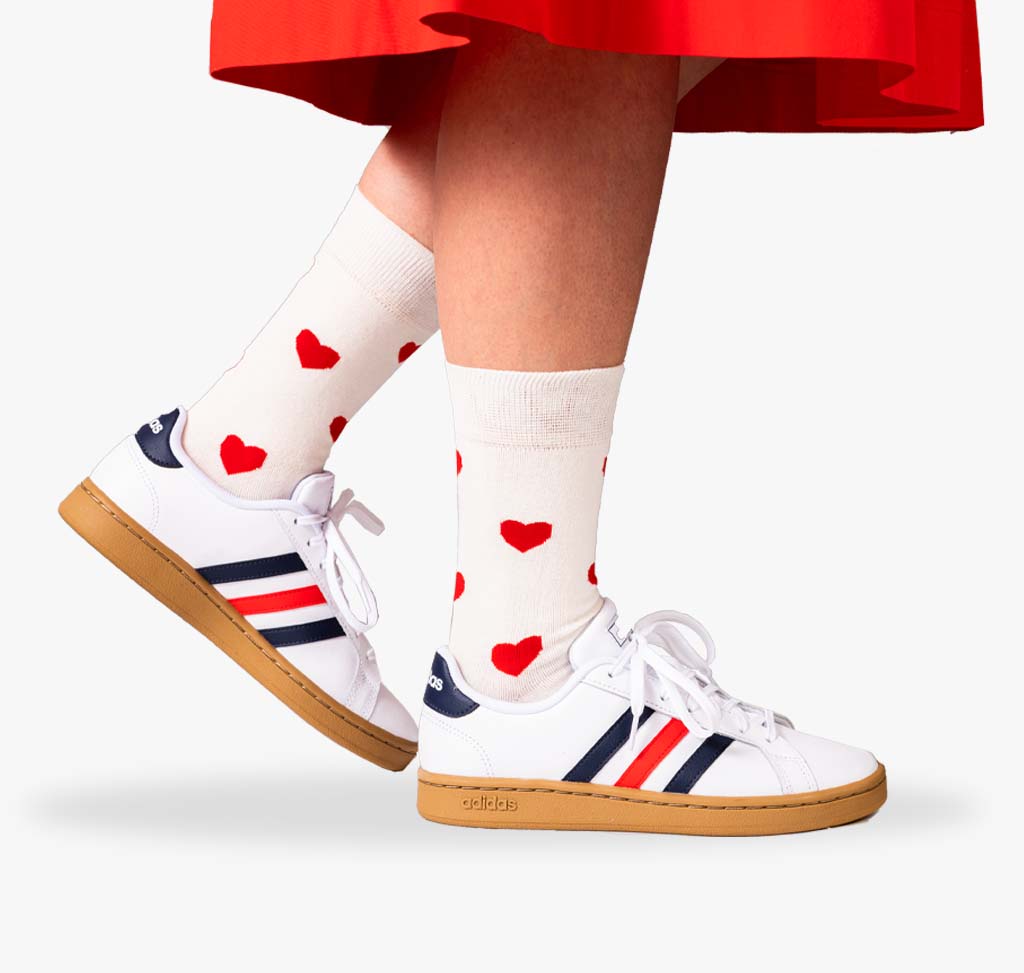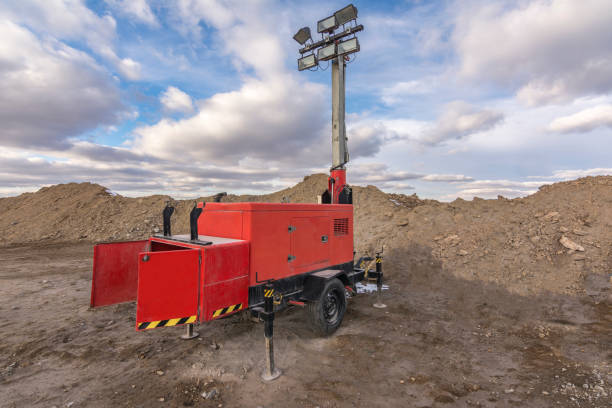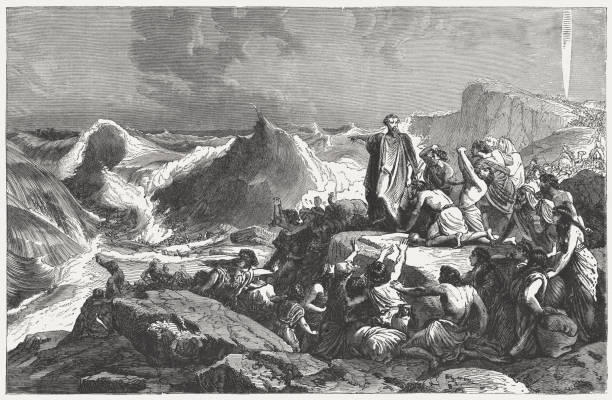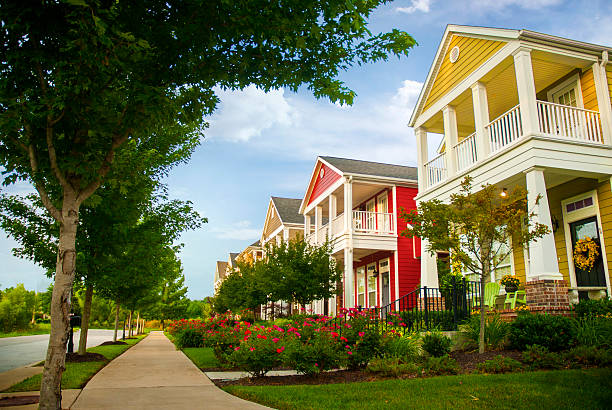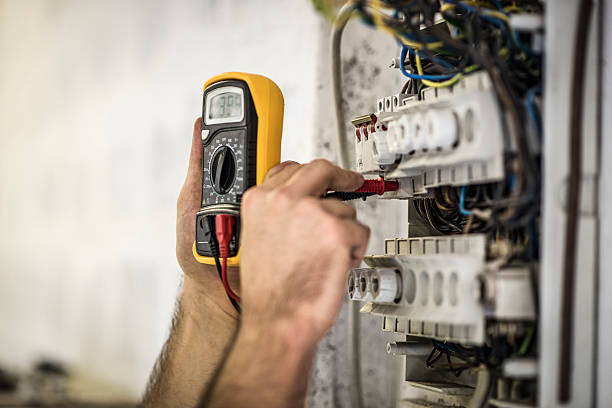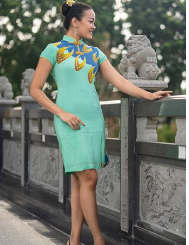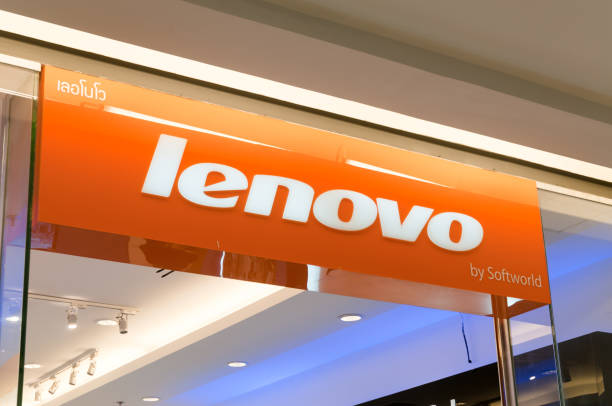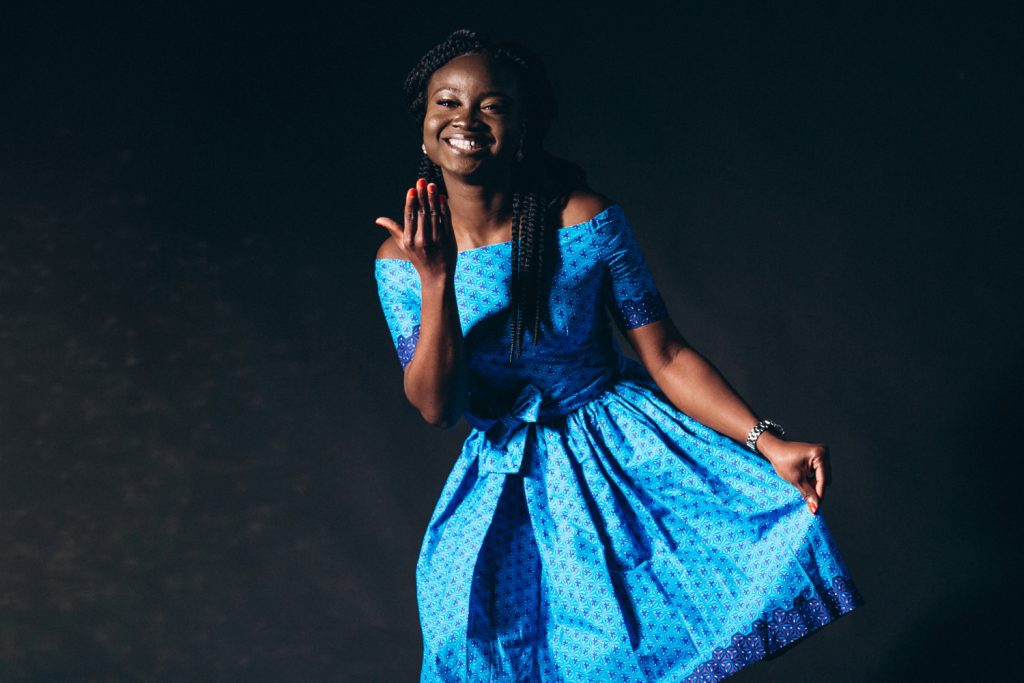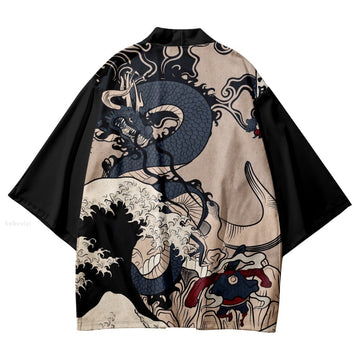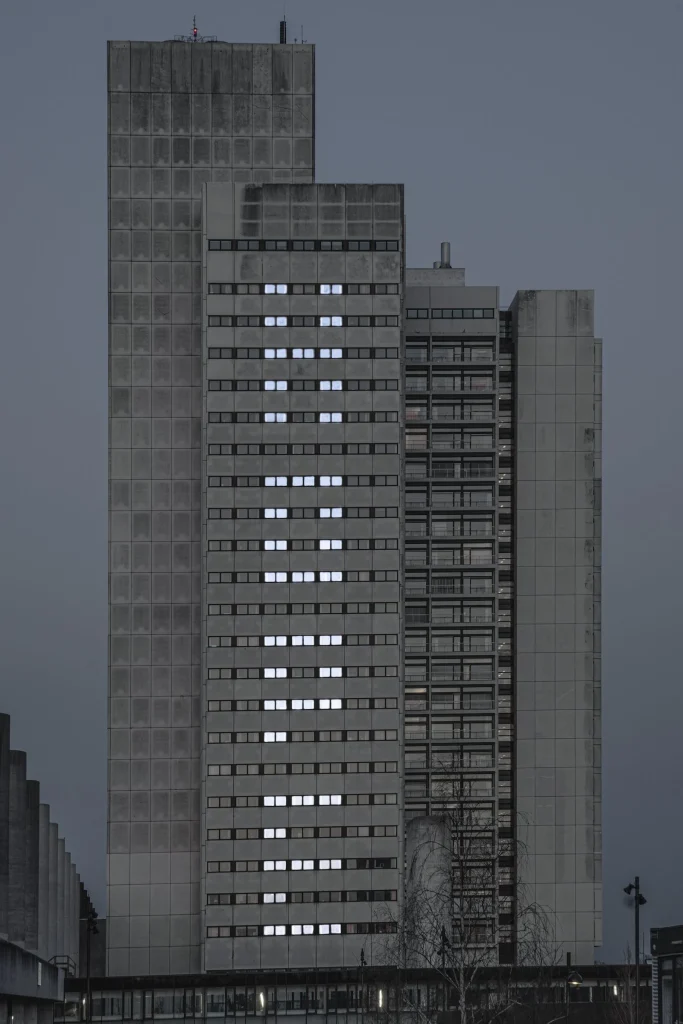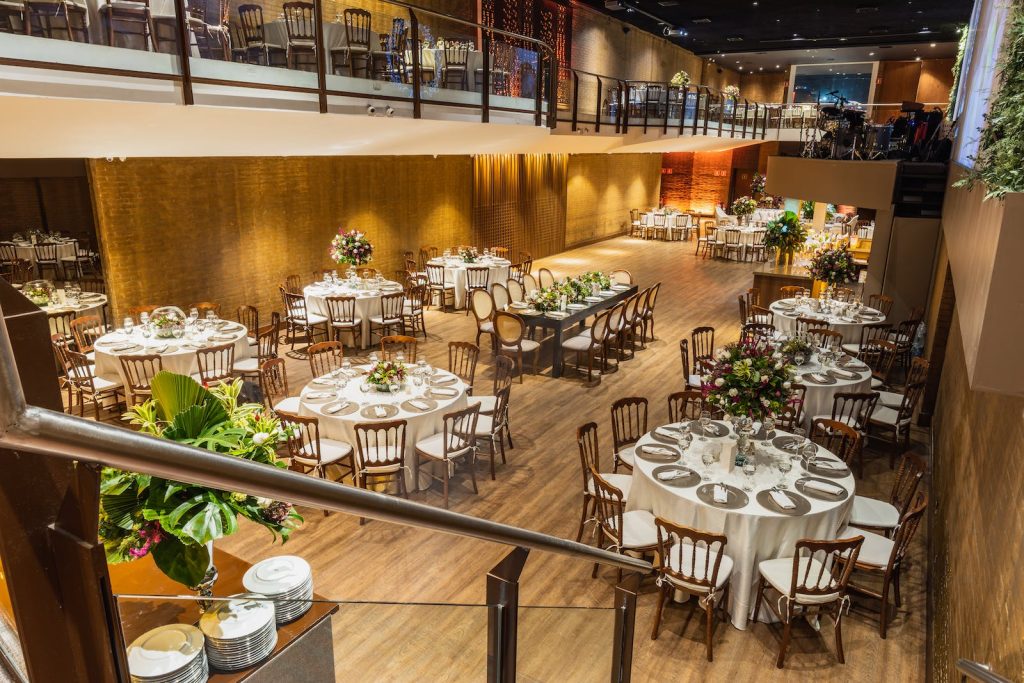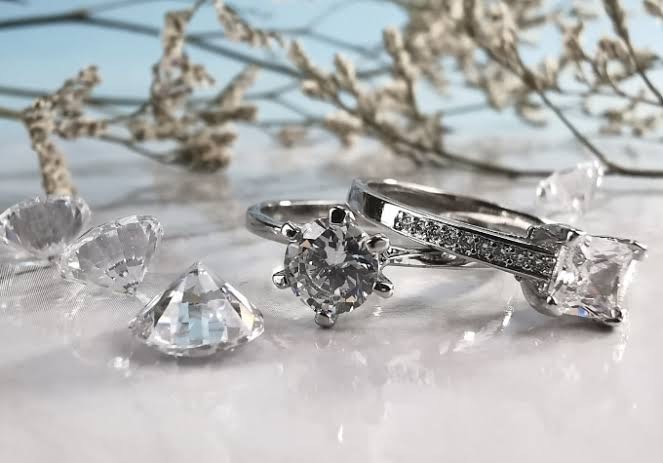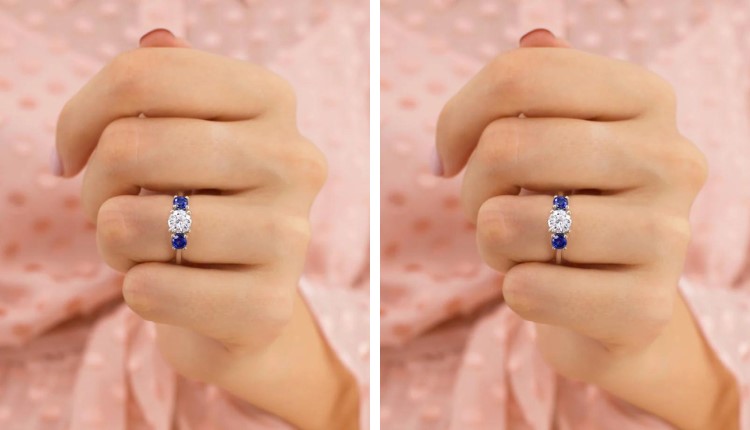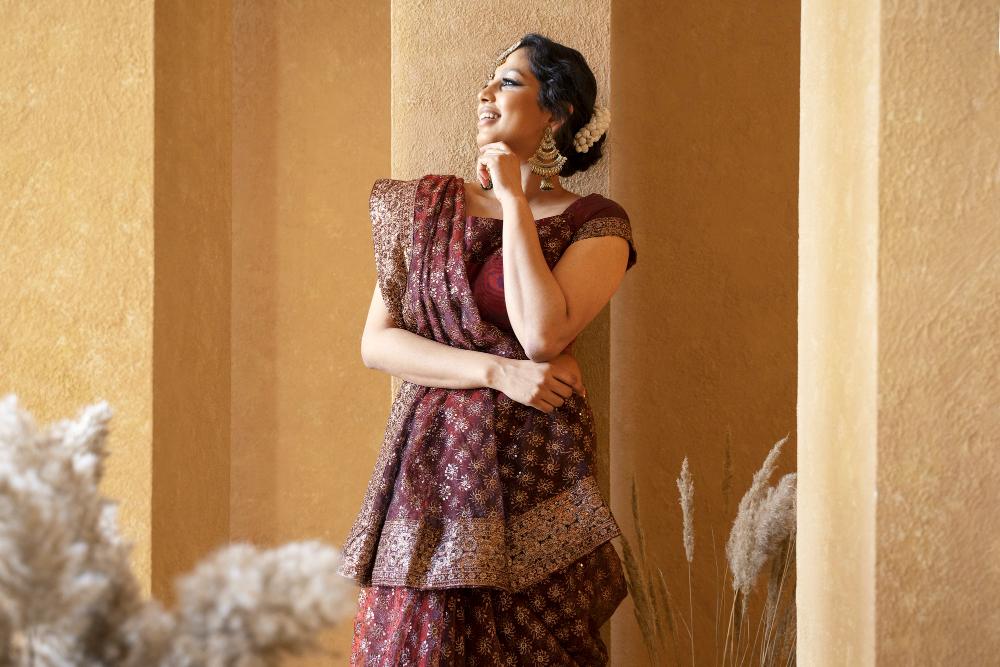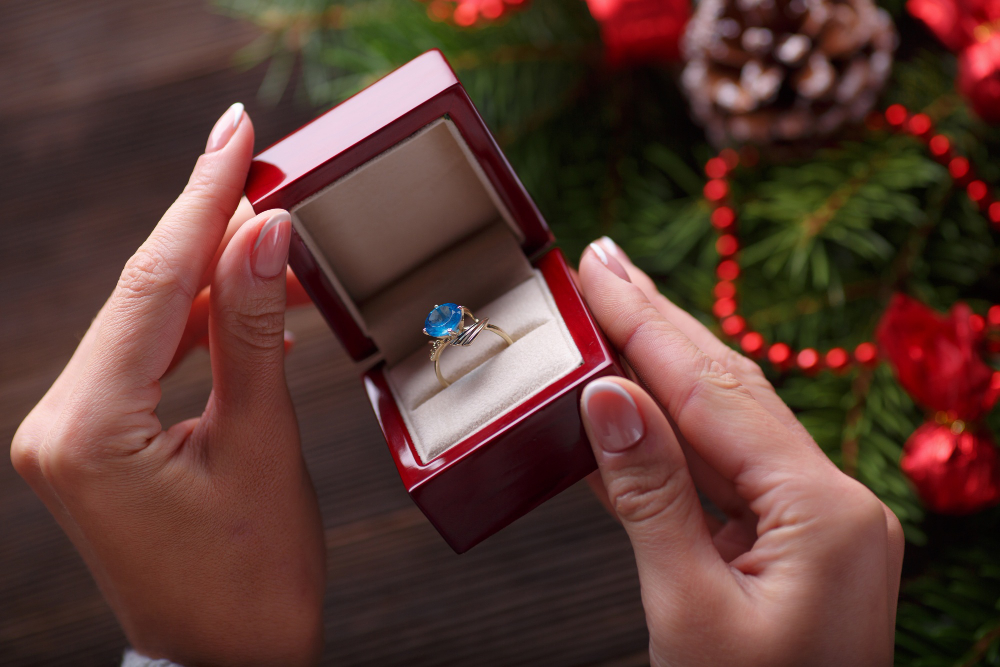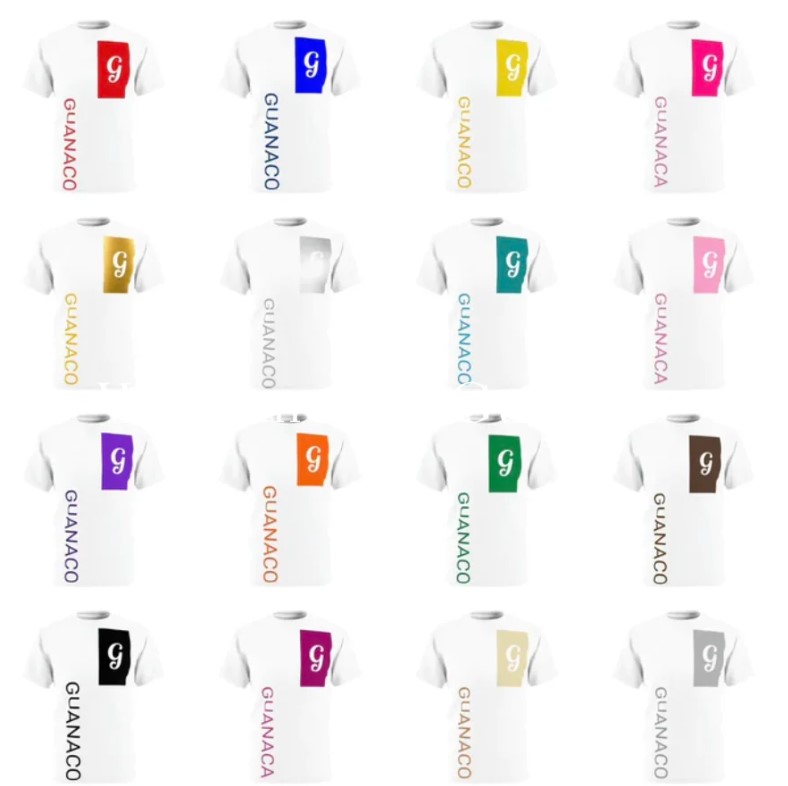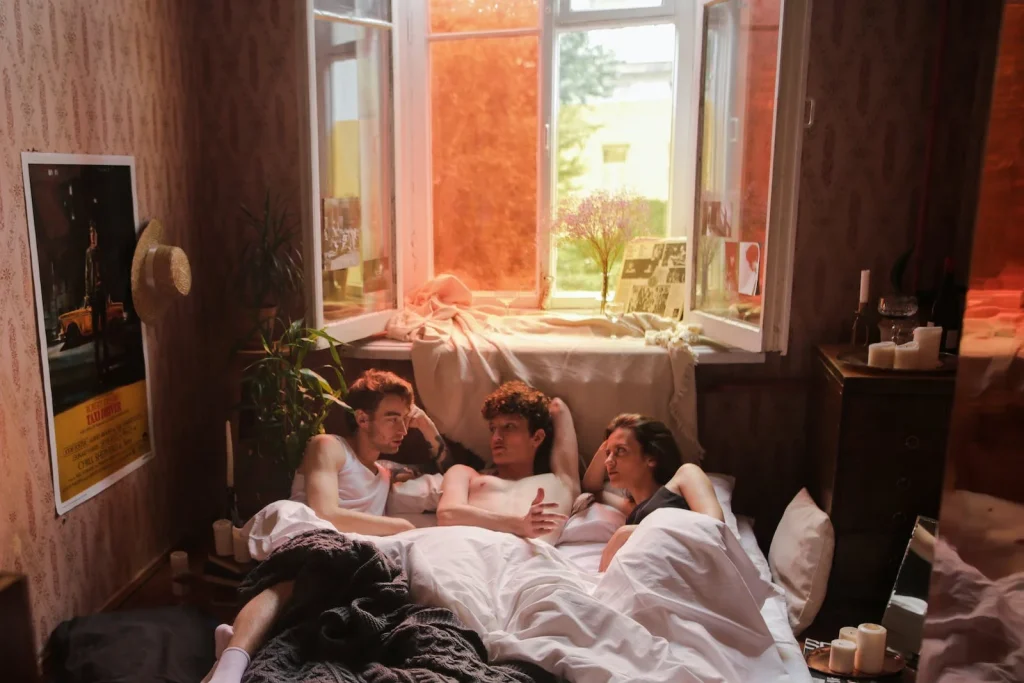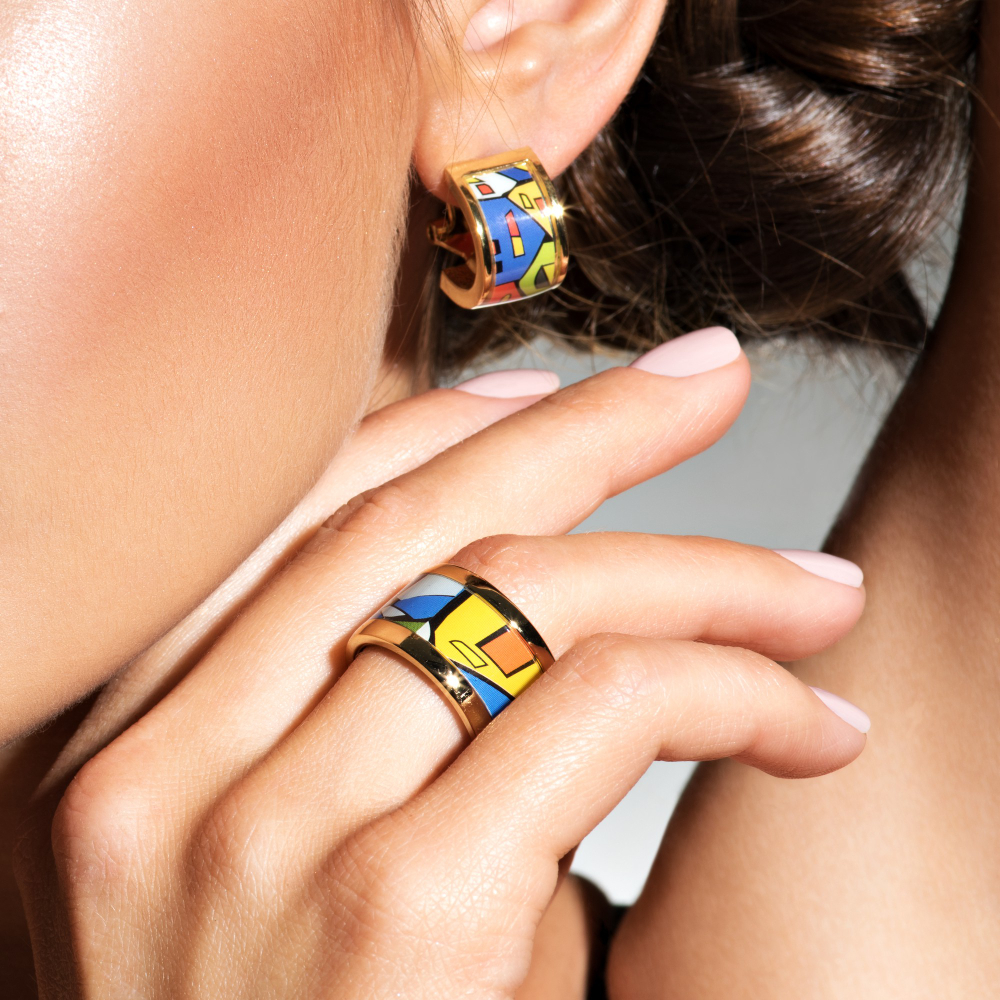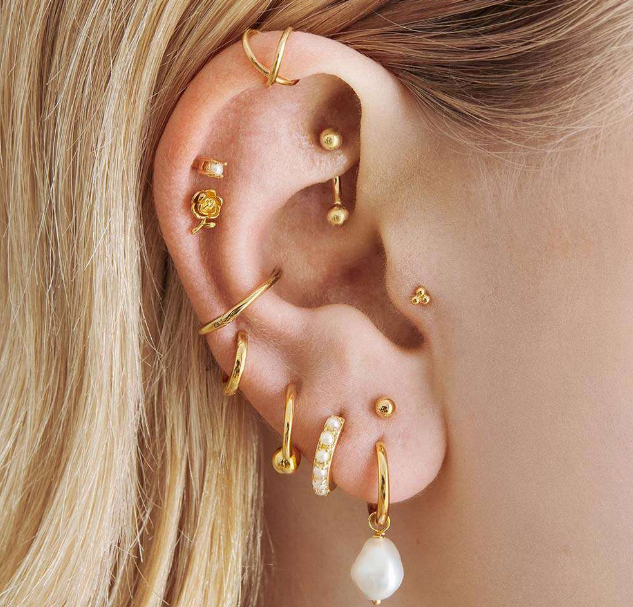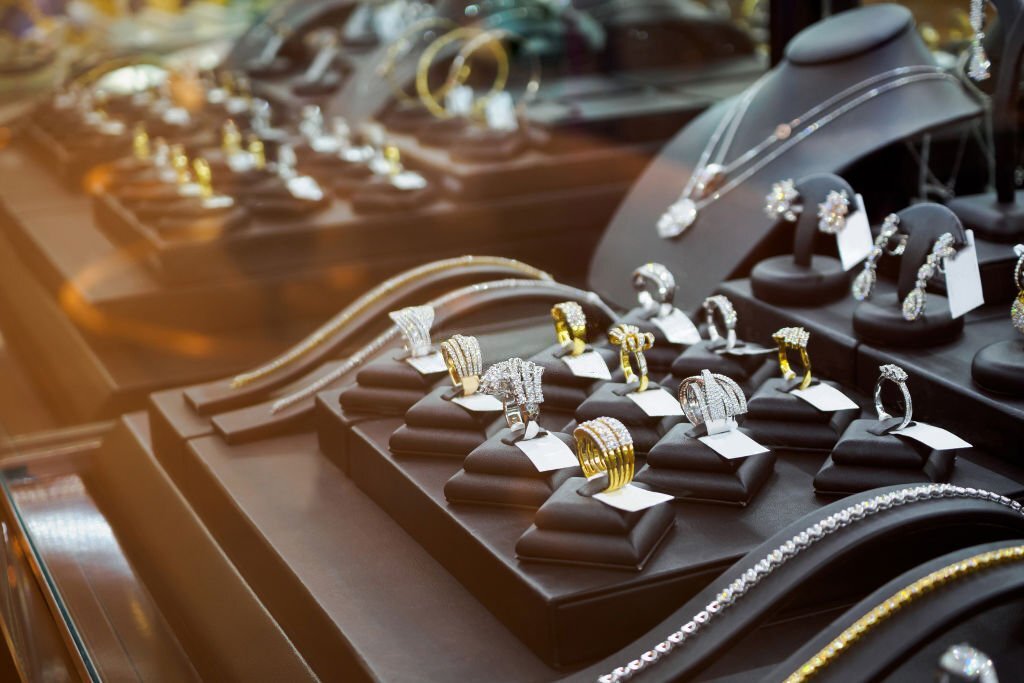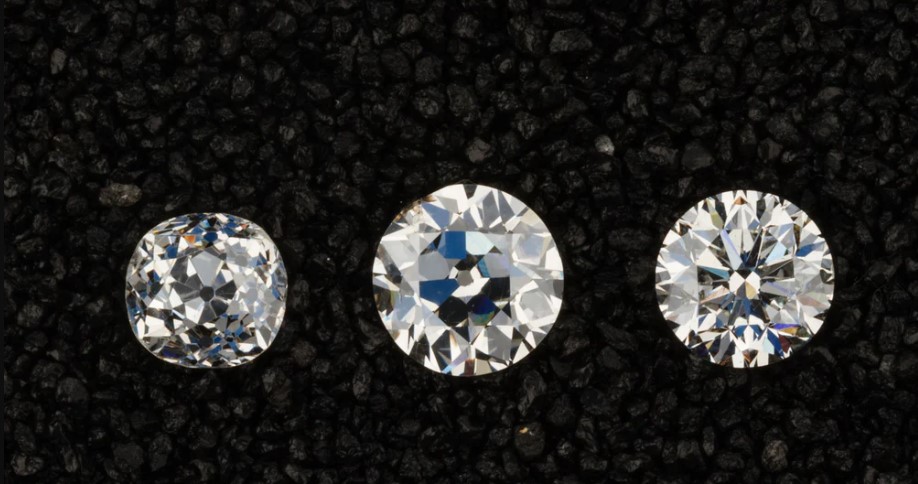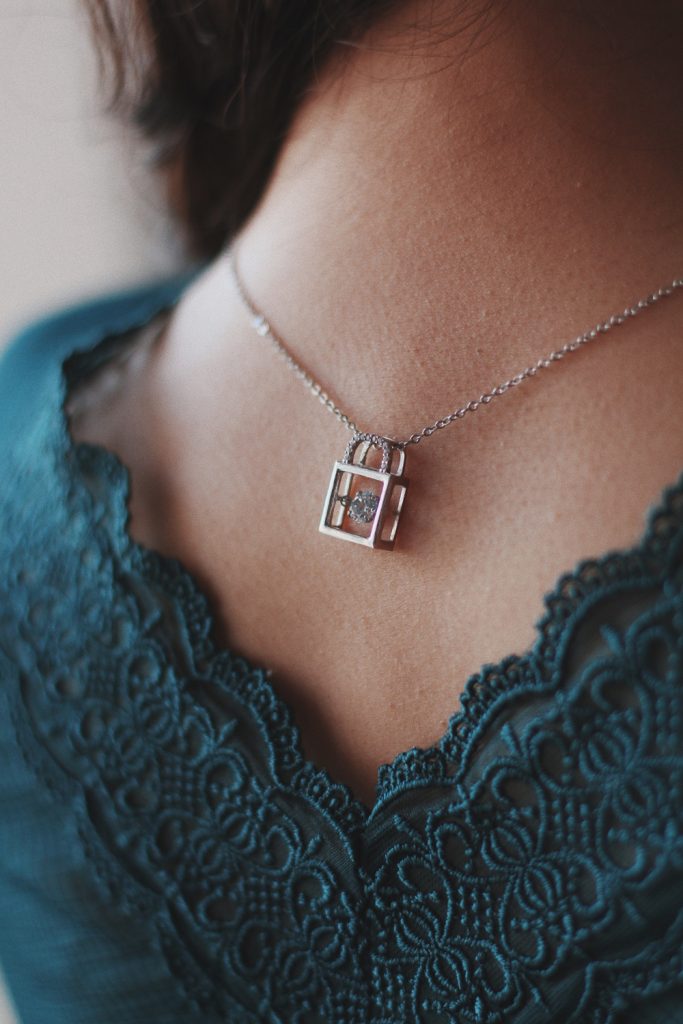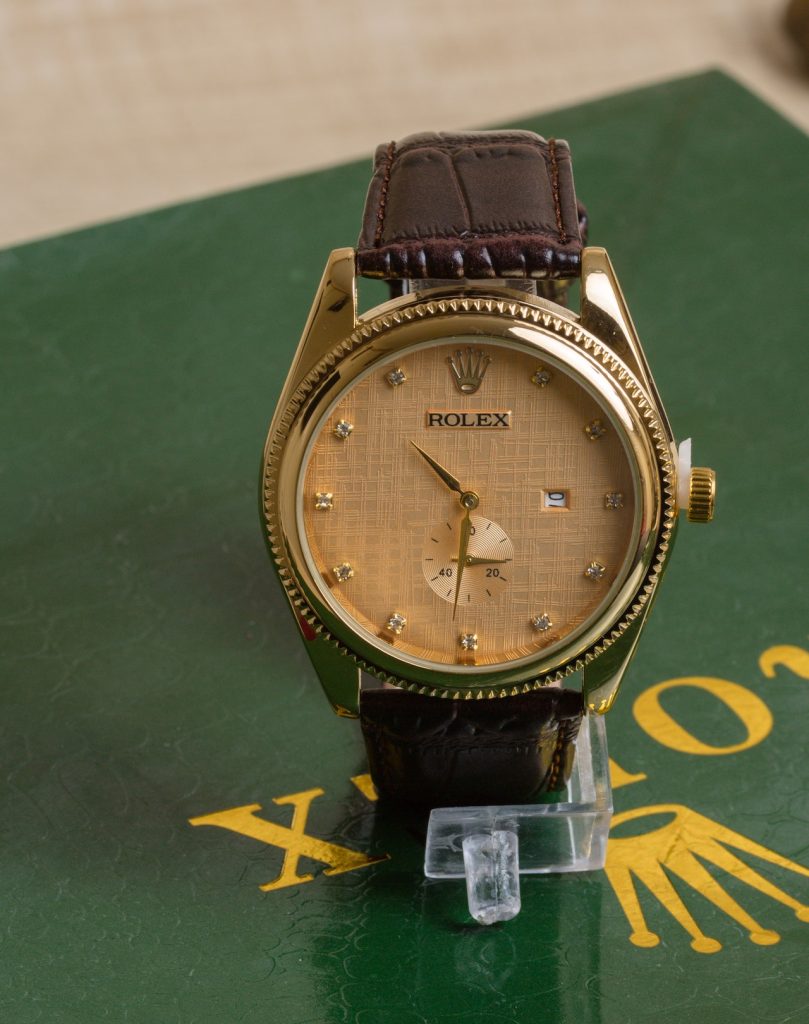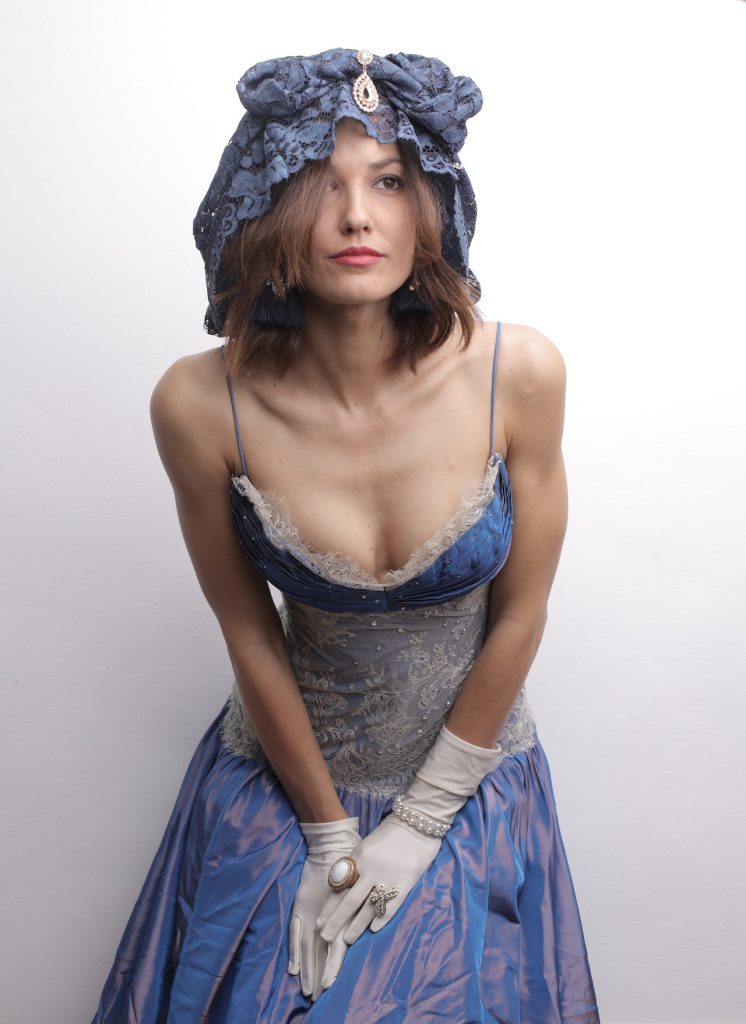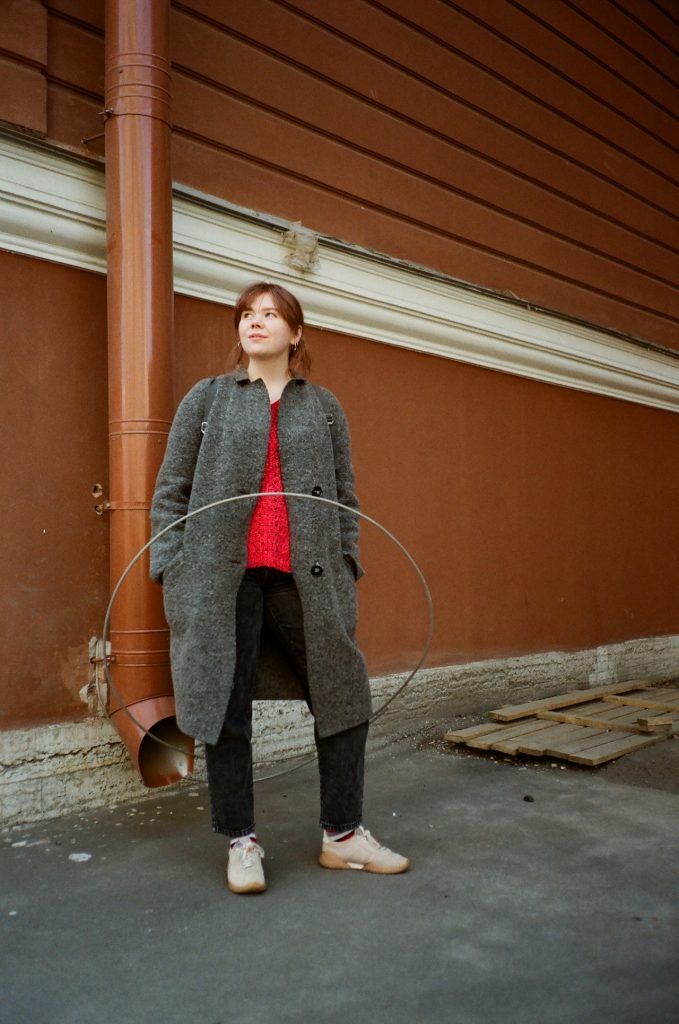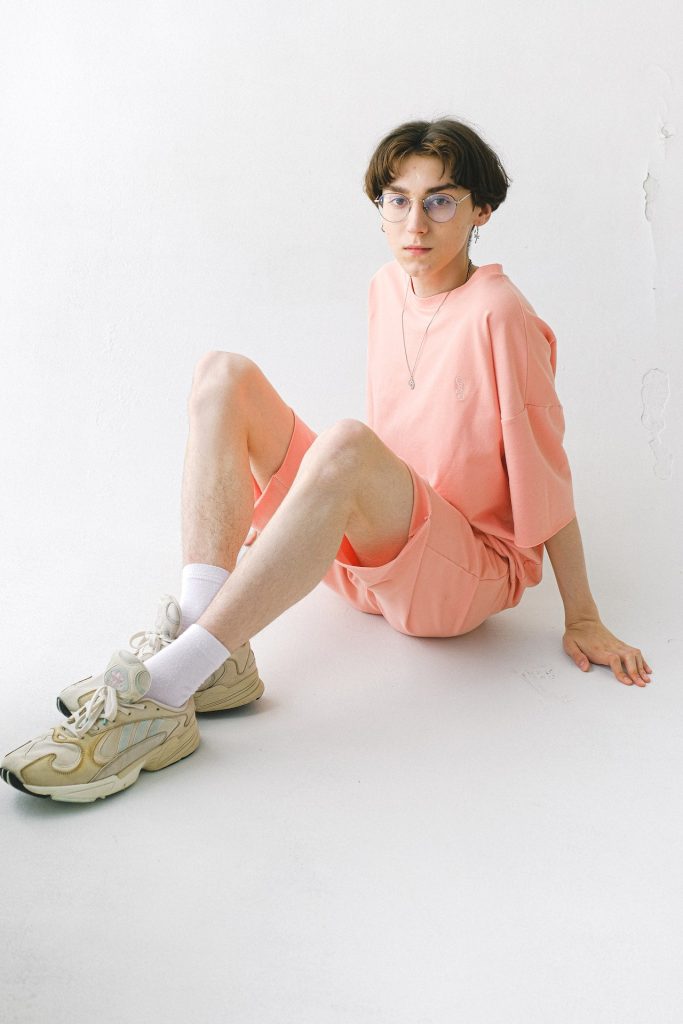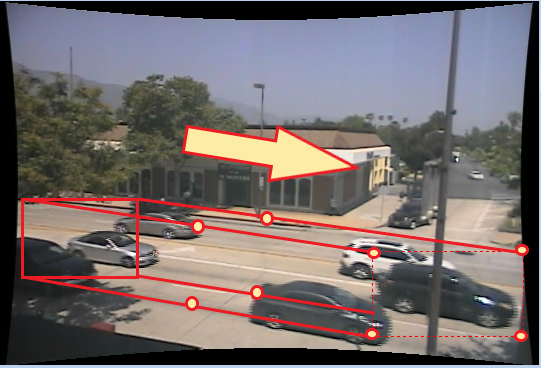The Evolution of Runway Shows: A Look at the History of Fashion Presentations

Introduction:
Fashion is an ever-evolving industry, constantly changing with the times to reflect the newest trends and styles. One of the most prominent aspects of the fashion world is the runway show, which has transformed over the years to become the highly anticipated event it is today. In this article, we will take a closer look at the evolution of runway shows, exploring the history of fashion presentations and how they have changed over the years.
The Early Years of Runway Shows
The earliest known runway show can be traced back to the late 1800s, when designer Charles Worth presented his designs in Paris. This marked the beginning of the runway show as we know it today, and from there, the tradition continued to grow. The early runway shows were much simpler than what we see today, with models walking down a makeshift runway to showcase the designer’s latest collections.
The Golden Age of Runway Shows
The 1920s and 1930s marked the golden age of runway shows, where designers began to incorporate more theatrical elements into their presentations. With the rise of Hollywood, designers started to draw inspiration from film and incorporated elements like music, lighting, and elaborate sets into their shows. This was a significant shift in the fashion world, and runway shows began to take on a life of their own.
The Rise of Fashion Weeks
In the 1960s and 1970s, fashion weeks began to emerge, with designers presenting their collections in a more organized and structured format. Fashion weeks allowed designers to showcase their collections to buyers, the press, and the public, and it quickly became an important event in the fashion world. Runway shows became more elaborate, with designers incorporating larger sets, more elaborate lighting, and high-tech audio-visual displays.
The Emergence of Designer Brands
In the 1980s, designer brands emerged as a major force in the fashion world, with names like Chanel, Gucci, and Prada becoming household names. Designer brands began to dominate the runway show scene, and their presentations became a showcase of the latest trends and designs. With the rise of designer brands, runway shows became an important event, attracting media attention and generating buzz around the latest collections.
The Digital Age of Runway Shows
With the rise of the internet and digital technology, runway shows have undergone another transformation. Today, runway shows can be streamed live online, and designers can reach a global audience through social media platforms. This has allowed runway shows to become more accessible and has created a new level of excitement and engagement around fashion presentations.
The Future of Runway Shows
As technology continues to evolve, it is likely that runway shows will continue to change and adapt. The use of virtual reality and augmented reality technologies have already started to emerge, and it is likely that these technologies will play a larger role in runway shows in the future. Additionally, the continued focus on sustainability and environmentally friendly practices may also shape the future of runway shows.
Conclusion:
Runway shows have come a long way since their beginnings in the late 1800s. From simple presentations to highly anticipated events, runway shows have played a crucial role in the fashion world. The evolution of runway shows has been shaped by a variety of factors, including the rise of Hollywood, the emergence of designer brands, and the impact of technology. Today, runway shows continue to change and evolve, and it will be interesting to see what the future holds for these iconic events.
As technology continues to play a larger role in the fashion world, it is likely that runway shows will become even more exciting and engaging. With the rise of virtual reality and augmented reality technologies, designers will have even more opportunities to showcase their collections in new and innovative ways. Additionally, the growing focus on sustainability and environmentally friendly practices may also play a role in shaping the future of runway shows. These changes will allow runway shows to continue to evolve and provide a platform for designers to showcase their latest collections and ideas to the world.


